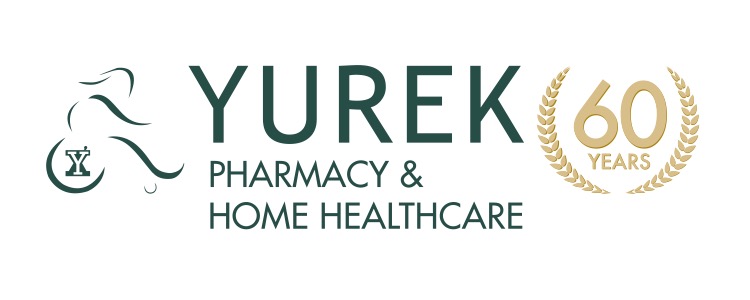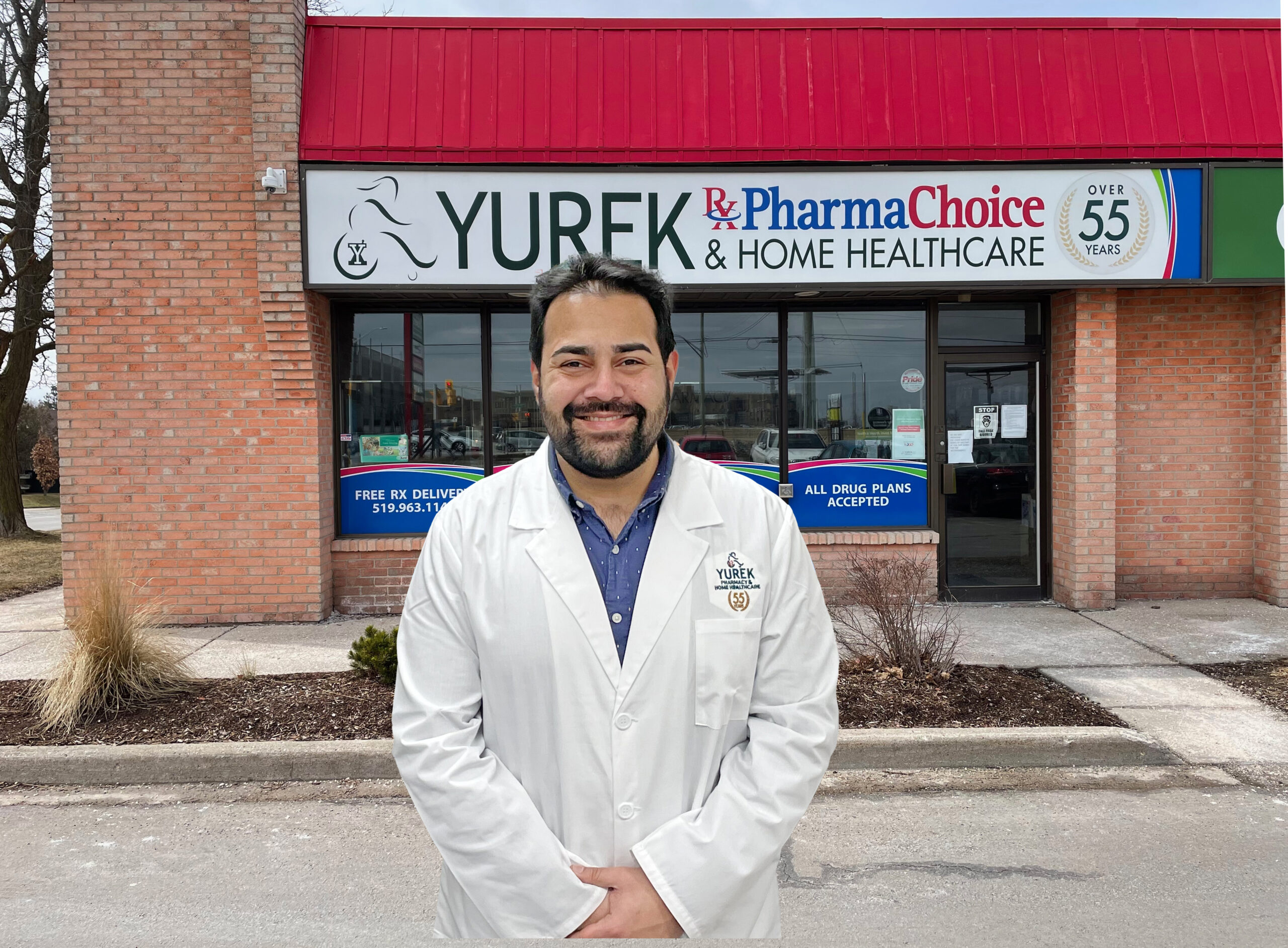Vishal Mehta, B.Pharm, RPh
Many body functions are controlled by chemical messengers, called hormones, which are produced by various glands. Testosterone is one such hormone and is the major male sex hormone. Usually, after the age of 30, testosterone levels in men slowly but steadily decline. In some cases, the decline is more rapid. Low testosterone (low T) affects a swath of the male population, but the lack of widespread testing protocols means we don’t have an accurate count. The Canadian Urological Association loosely estimates 1-in-4 between 40 and 62; but low T can occur at any age and is more prevalent in older men. If you are one of the 25%, you might experience problems with:
- Energy levels
- Muscle development
- Ability to lose fat
- Concentration
- Libido
- Strength
- Erections
- Mood
A further drop could result in hot flashes, breast tissue development, and body hair loss.
There are three areas that, if impacted, might cause you to under-produce testosterone: the testicles, hypothalamus, and pituitary gland. Primary hypogonadism occurs when an injury, genetic abnormality, or disease damages the testicles. Secondary hypogonadism refers to a problem with the pituitary gland or hypothalamus and may occur through normal ageing, disorders, infections, sleep apnea, obesity, and even alcohol abuse and poor sleep habits.
Because lifestyle can be a factor for low T, physicians will often begin treatment by recommending changes that include regular exercise, weight loss, a healthy diet, and better sleep to encourage a natural increase in testosterone levels. Failing that, your doctor may prescribe different medications depending on whether or not fertility is a consideration. Some treatment options include testosterone replacement therapy, which is usually preferred in cases where testosterone levels are well below normal.
If you have concerns that low T is causing health problems, speak to your doctor or a Yurek pharmacist.
Helping you feel better,








